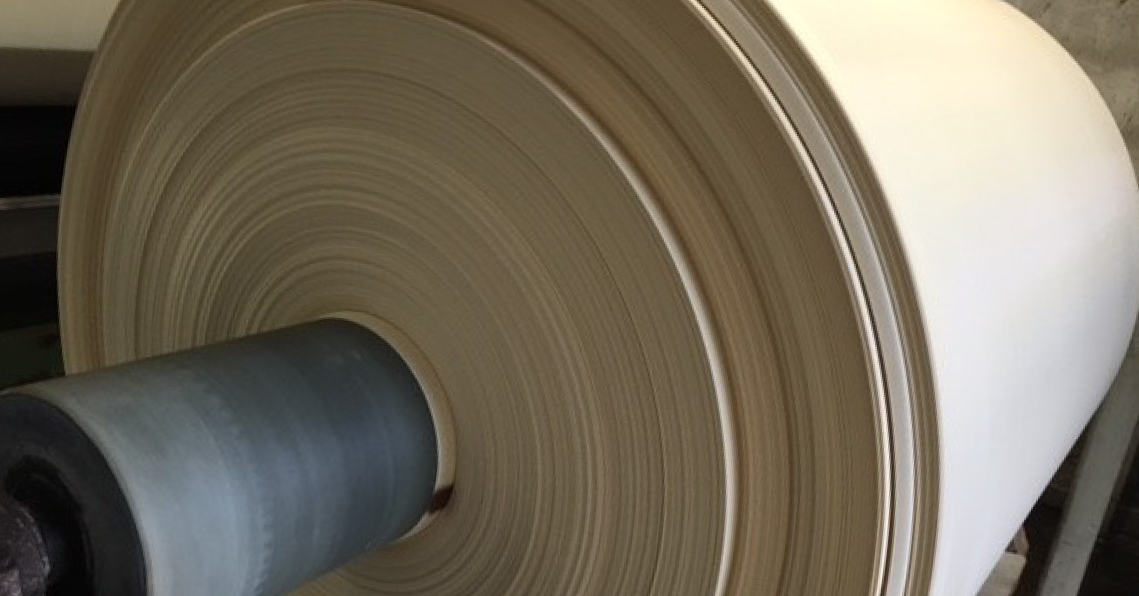Sodium Silicate as Stabilizer for Cotton Bleaching
Silicates, such as water glass, alkali or sodium silicate, are used as effective stabilizers for peroxide bleaching of cotton or cellulose blends. As a classical bleaching stabilizer sodium silicate is well suited for the stabilization of padding liquors, especially for cold pad-batch (CPB) or pad-steam processes but also for the exhaust bleaching. Silicates can stabilize bleaching liquors over a longer period, by lowering the decomposition rate of the hydrogen peroxide. They show a buffering effect on the pH value of the liquor as well as a good sequestering action. Major advantage of alkali silicates are their easy availability and their low price.
Stabilization of Hydrogen Peroxide
Hydrogen peroxide (H2O2) is very reactive and decomposes quickly. In non-stabilized solutions and bleaching liquors peroxide breaks down spontaneously. When the peroxide decays, highly reactive HO· und HO2· radicals (hydroxyl and hydroperoxyl radicals) are formed. The dissociation reaction is catalyzed by lowest traces of heavy metal ions. As a result, this decomposition reaction can cause catalytic damages on the fabric. Especially when heavy metals, such as iron, copper or nickel, are already present in the water or are carried in with the goods or – for example caused by steel abrasion – there is metallic contamination. For stabilizing the peroxide as well as for binding heavy metal ions sequestering, complexing and chelating agents are used.
Advantages of Silicate-Free Peroxide Bleach
Silicate-free peroxide stabilizers have a stabilizing effect on the bleaching agent. Thus, the bleaching agent disaggregates slower in alkaline bleaching liquors. The decomposition rate of the peroxide is lowered by the addition of a stabilizer and the bleaching reaction can take place under controlled conditions. Bleaching liquors in the pretreatment padder remain stable, the peroxide content hardly changes as the peroxide does not decompose spontaneously.
In difference to sodium silicate, silicate-free stabilizers offer the following advantages:
- Persistent silicate deposition at the machinery, which needs to be removed with great effort, is avoided. Such silicate deposits lead to greater wear and tear of machine parts and bearings and result in expensive repair works.
- Silicate compounds, which are formed when silicates are used in bleaching, are difficult to dissolve in water and therefore difficult to wash off.
- In textile pretreatment and in peroxide bleaching high amounts of alkali (caustic soda, sodium hydroxide, NaOH) are consumed. If silicates are used as bleaching stabilizers, this can result in problems with the recovery of caustic soda.
- Silicate-free PERISTAL bleaching stabilizers are liquid, ready to use auxiliaries which can be processed easily on modern dosage systems.
- Multifunctional PERISTAL pretreatment agents offer – apart from the peroxide stabilizing effect – further functionalities, for example wetting, washing and deaerating action.
Customized Process Recommendations for Peroxide Bleaching
We offer numerous silicate-free PERISTAL stabilizers for alkaline peroxide bleaching of cellulosic fibers and their blends. Our bleaching stabilizers show outstanding stabilizing, metal ion-bonding, and sequestering effects. As our pure stabilizers consist of organic and inorganic salts, they are not surface-active and thus, non-foaming.
Our customer service comprises the selection of the optimal bleaching agents from our range of auxiliaries as well as the elaboration of an individually customized bleaching recipe. The recipes are developed according to your specifications depending on the desired degree of whiteness and wetting behavior, the preferred bleaching process and the textile good to be bleached. If a full white shall be achieved, we also recommend the appropriate optical brightener from our PERIBLANC range as well as the quantity to be applied.
After peroxide bleaching residual peroxide can be removed from the goods by the addition of a catalase enzyme such as PERIZYM RED or PERIZYM CAT d.c..
PERISTAL Product Recommendations by Textilchemie Dr. Petry
The following list shows an extract from our range of silicate-free bleaching agents for the stabilization of peroxide-containing bleaching liquors.
Foam-free, non-surface-active stabilizers for peroxide bleaching:
- PERISTAL PD
- PERISTAL PSK conc.
Multifunctional products for peroxide bleaching, including for example sequestering, dispersing, deaerating, wetting and washing agents:
- PERISTAL BFL
- PERISTAL EP
- PERISTAL EPJ
Please Contact Us.

Do you have questions regarding the pretreatment of textiles, just write us an e-mail or send us our contact form. Our experts for textile finishing are happy to help you.
- Sylvia Palikowski
- Application technology
- +49 7121 9589-24
- sylvia.palikowski@drpetry.de


